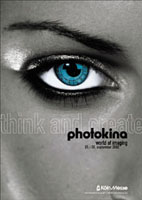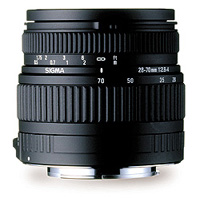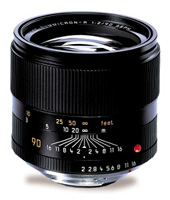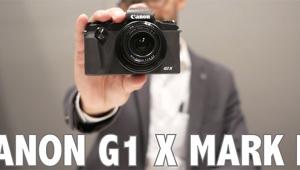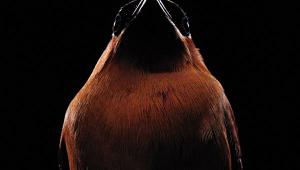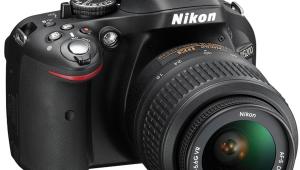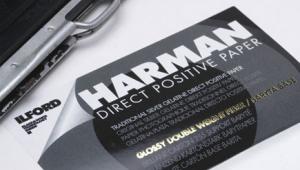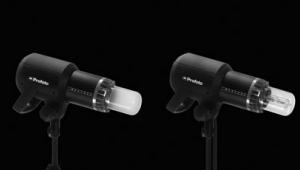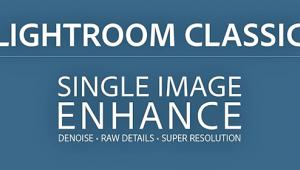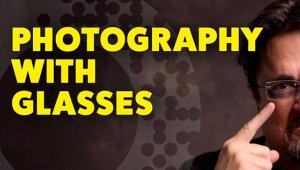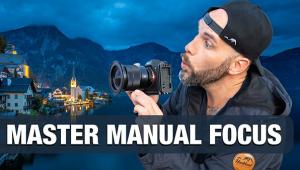35mm SLR Cameras And Lenses
In the past, we have always
found at least a half dozen new SLR cameras at the photokina trade show.
That has changed, at least for now, as most manufacturers devote their
R&D resources to digital equipment. During my five days of touring
the many buildings at photokina, I discovered only two new 35mm SLR
cameras. Happily, there was no shortage of new lenses intended to satisfy
every photographer, regardless of specialty or the type and brand of
camera used. |
||
Rebel With A Cause
|
||
Next Gen Leica SLR |
||
New Tamron Lens Series |
||
These new lenses will offer
other benefits as well. To minimize weight, the barrels include components
of "engineering plastics that excel in dimensional stability and
strength." Unless otherwise stated, all Di lenses offer internal
focusing and are available in Canon AF, Minolta AF-D, Nikon AF-D, and
Pentax AF mount. The three new Di telephoto models employ a Filter Effect
Control (FEC) system: a ring near the front of the barrel that can be
used to rotate a polarizer while the lens hood is attached. This is a
highly convenient arrangement that precludes the need to frequently remove
the lens hood. |
||
Lenses With Camera Shake
Compensation Nikon's VR Intro |
||
Other Long Zoom Lenses |
||
Other Short Zoom Lenses
|
||
Canon's new EF 28-105mm
f/4-5.6 USM II zoom is a bit more versatile since it reaches longer focal
lengths. Billed as "the smallest and lightest zoom in the 28-105mm
class" this one is surprisingly tiny--smaller than the 28-90mm
models--thanks in part to a new ultrasonic focus motor that's
half the size of earlier Micro USM motors. In spite of the small size,
this model includes an aspherical element and internal focusing plus full-time
manual focus. The latter is a useful feature that allows the user to fine-tune
focus without switching out of the AF mode. |
||
Other Noteworthy Lenses
|
